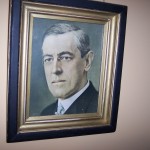Rosendale is associated with three Presidents, Woodrow Wilson (1913-1921), Warren G. Harding (1921-1923), and Franklin Delano Roosevelt (1933-1945).
Among the documents and artifacts found during the restoration of Rosendale was the original Guestbook bearing the signature of Ellen Oxson Wilson, first wife of Woodrow Wilson and the future First Lady of the United States, for a February 6, 1908 dinner in her honor.
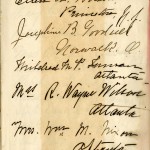 A copy, along with the newspaper article which accompanied the Guestbook, is on display in the Museum Room.
A copy, along with the newspaper article which accompanied the Guestbook, is on display in the Museum Room.
The Wilsons were life long friends with the family which bought Rosendale from the original owners of the property, the Rosenberger family, in 1920.
The three daughters of Woodrow and Ellen, Jessi (Mrs. Francis B. Sayre), Eleanor (Mrs. W.G. McAdoo) and Miss Margaret Woodrow Wilson, along with President Wilson’s second wife Edith Bolling Galt Wilson, attended a lavish luncheon at Rosendale for President Franklin Delano Roosevelt on April 22, 1939.
FDR’s “Guest List” is also on display in the Museum Room, as is a President Harding invitation to dinner at The White House on January 26, 1922.
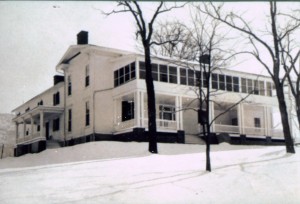 Evolution of the Rosendale “Mansion”
Evolution of the Rosendale “Mansion”
There is an 1870s photo of the Rosendale “mansion” and Smith Creek below showing a man in a canoe with the name “Rosendale” on it on display in the Museum Room.
We don’t know the exact year the name “Rosendale” came into being, but it was sometime between 1800 and 1825. Originally 3000 acres, by 1850 the 500 acre Rosenberger property was called the “Rosendale plantation.”
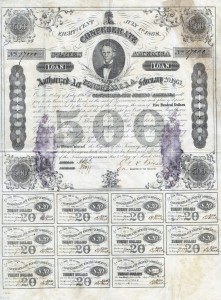
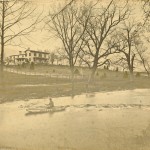
After Colonel E.T. Brown, the owner of Endless Caverns, purchased the house and the 356 acre Rosendale farm adjoining his Endless Caverns property, he “anticipated making extensive changes and improvements” (Valley, January 30, 1920), and he did. Brown added a two story addition to the south side of the 1870 addition. He also removed the 1870 front porch and built a new two story porch further out from the house. In 1928-30, a single story porch on the north side of the 1870 addition was enclosed which is now the library.

A second obituary confirms that “Rosendale was known far and wide, where mirth, music, good cheer and pleasure did much abound.”
“Especially did he take great pride in his home, where warm hospitality was dispensed with a hearty welcome,” a third obituary reads.
According to the 1937 book Historic Homes of Northern Virginia, “The Browns have kept up the ‘Rosendale’ tradition.”
A complete list entitled “Among the Guests of Edward and Esther Brown at The Farmhouse, Endless Caverns, New Market, Virginia, May 1932-January 1961”compiled by Esther Brown is on display in the Museum Room.
More on Rosendale’s history, including a binder book and studies done by the James Madison University’s Department of History and Preservation can be found in the Museum Room.
